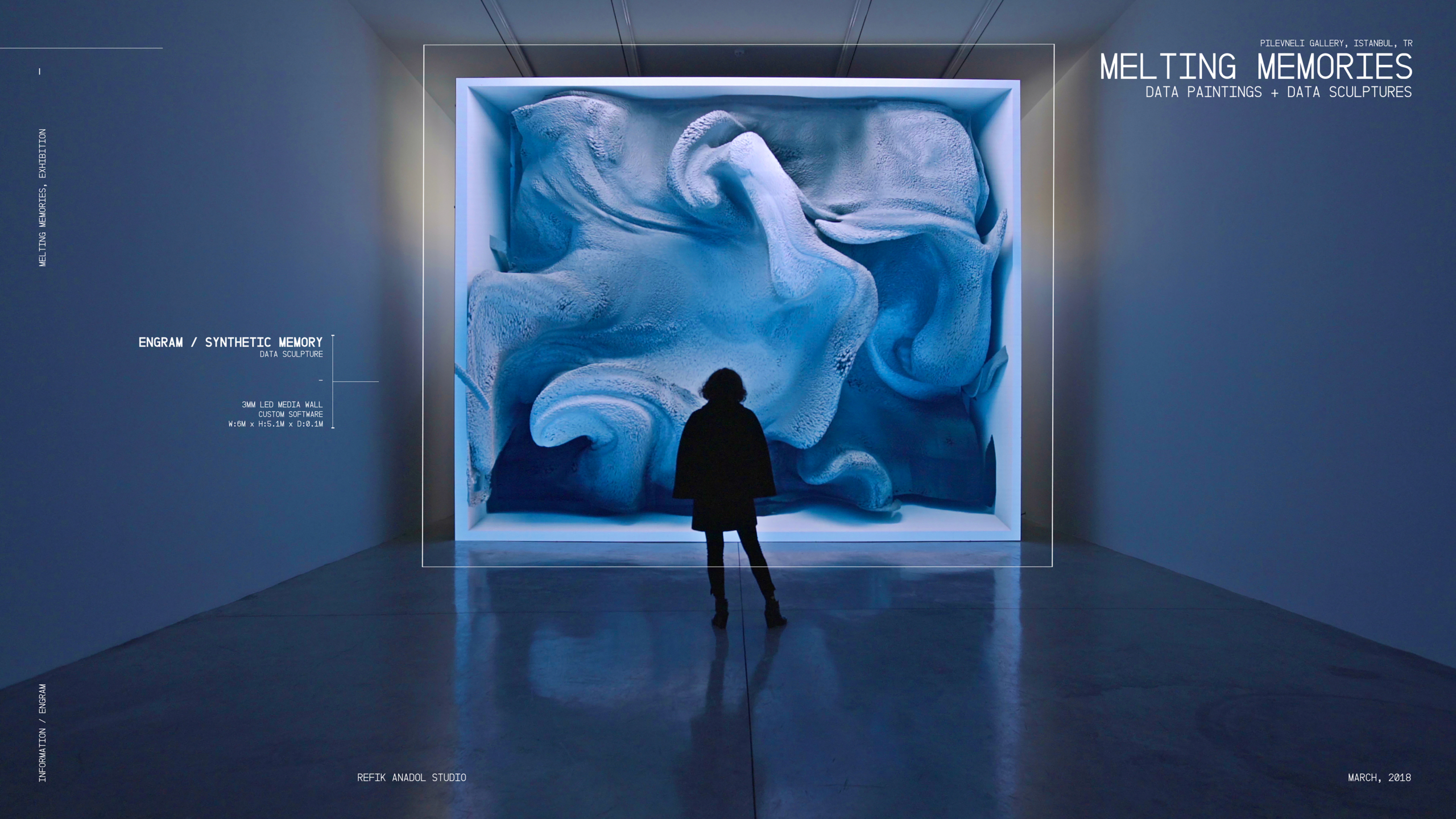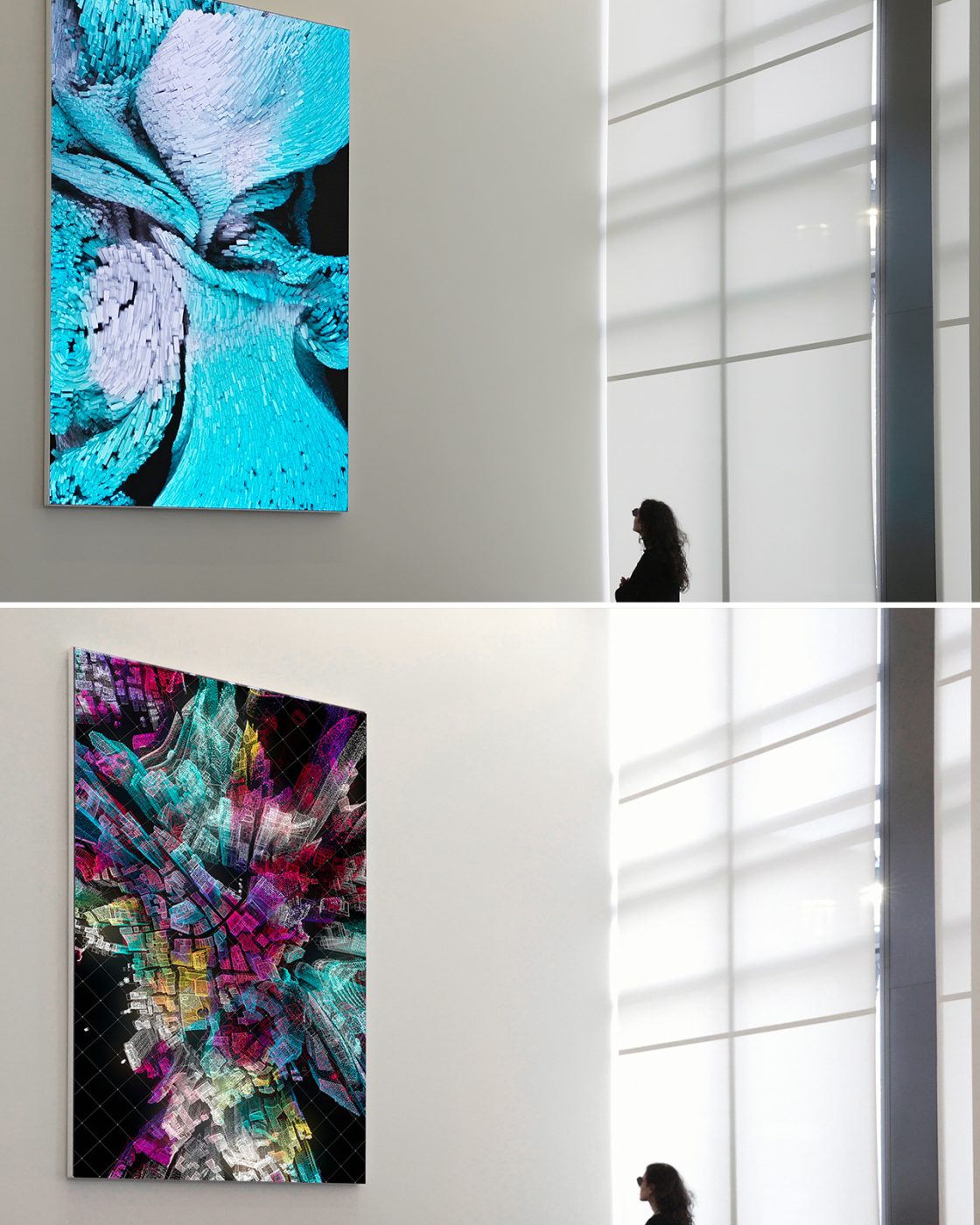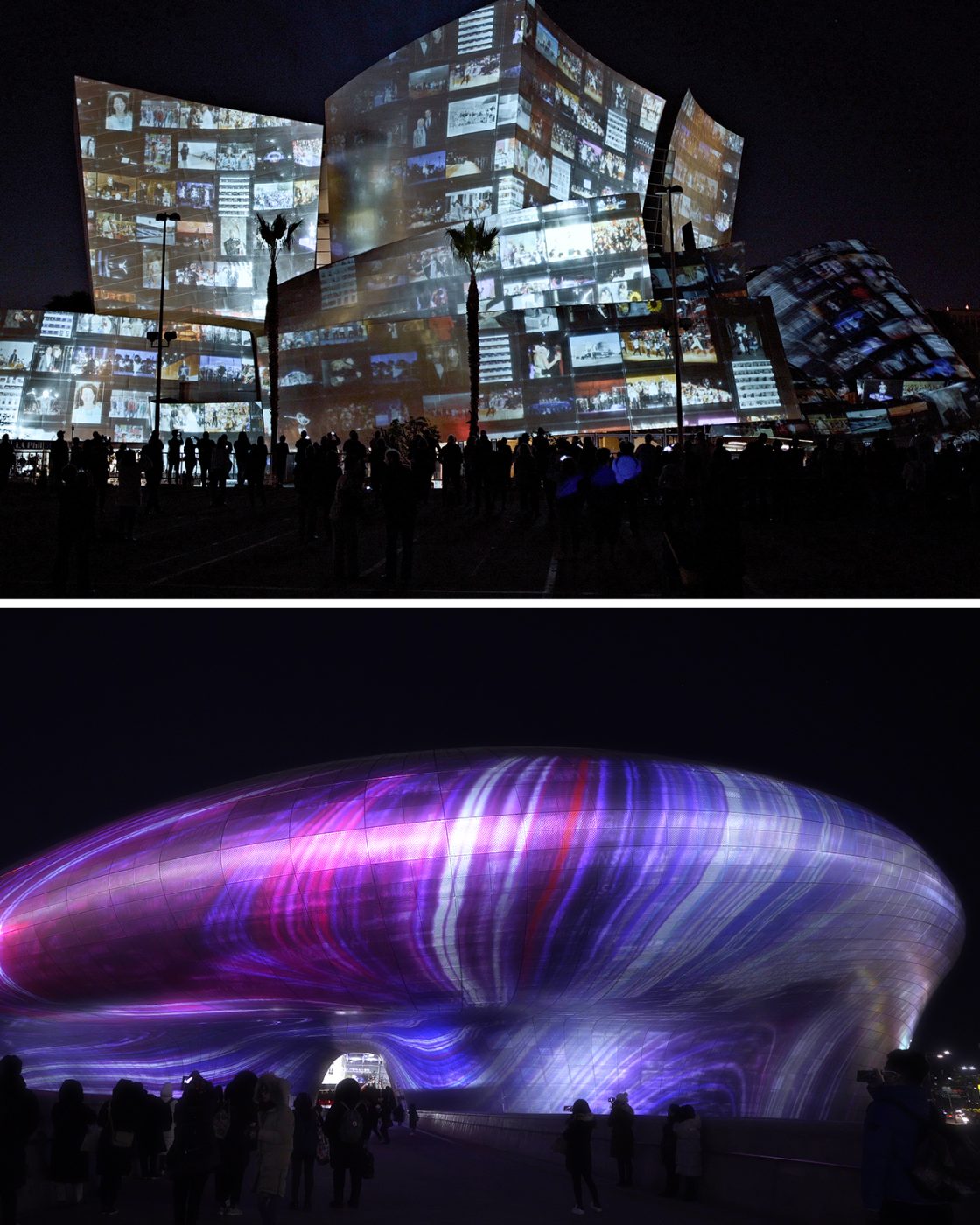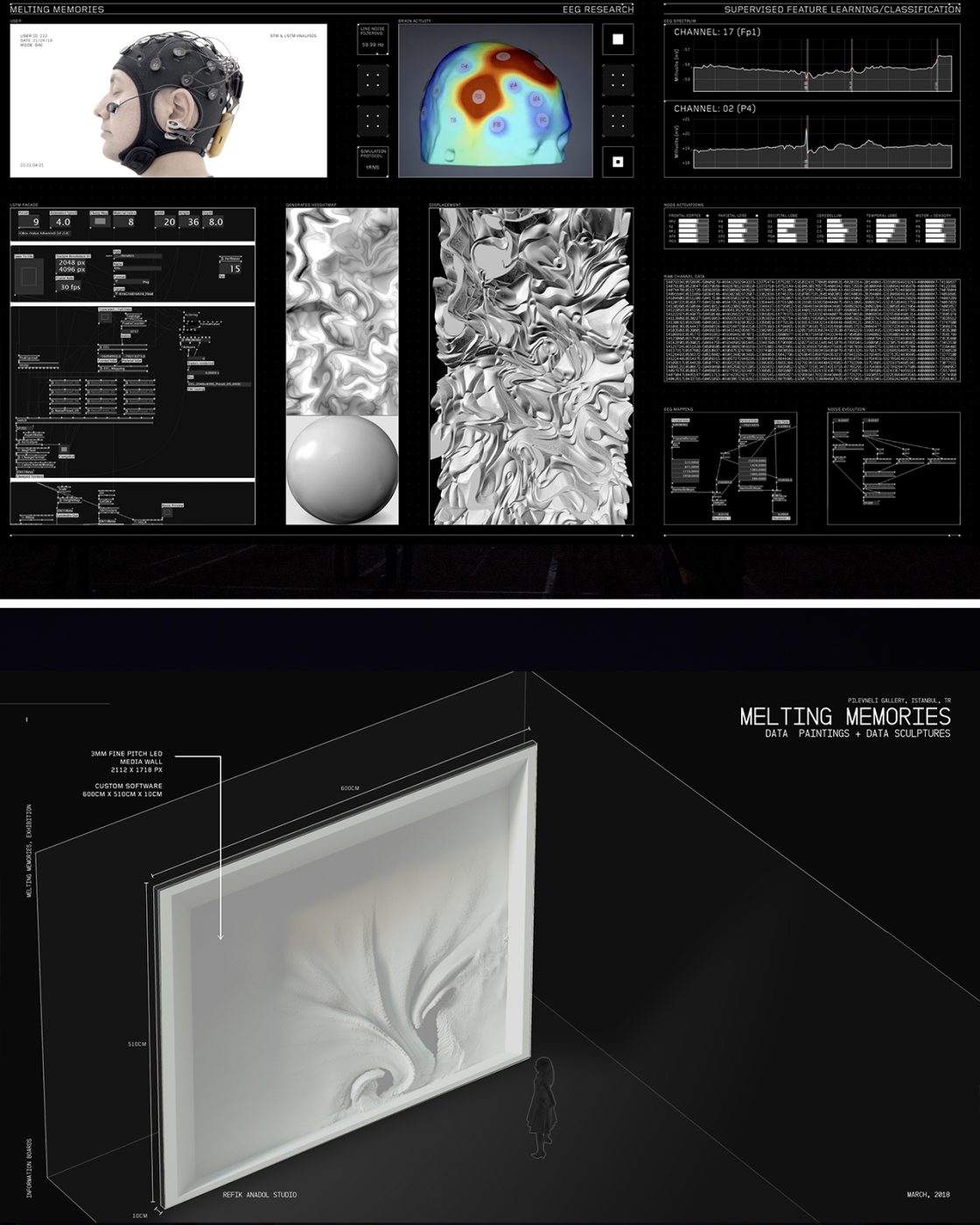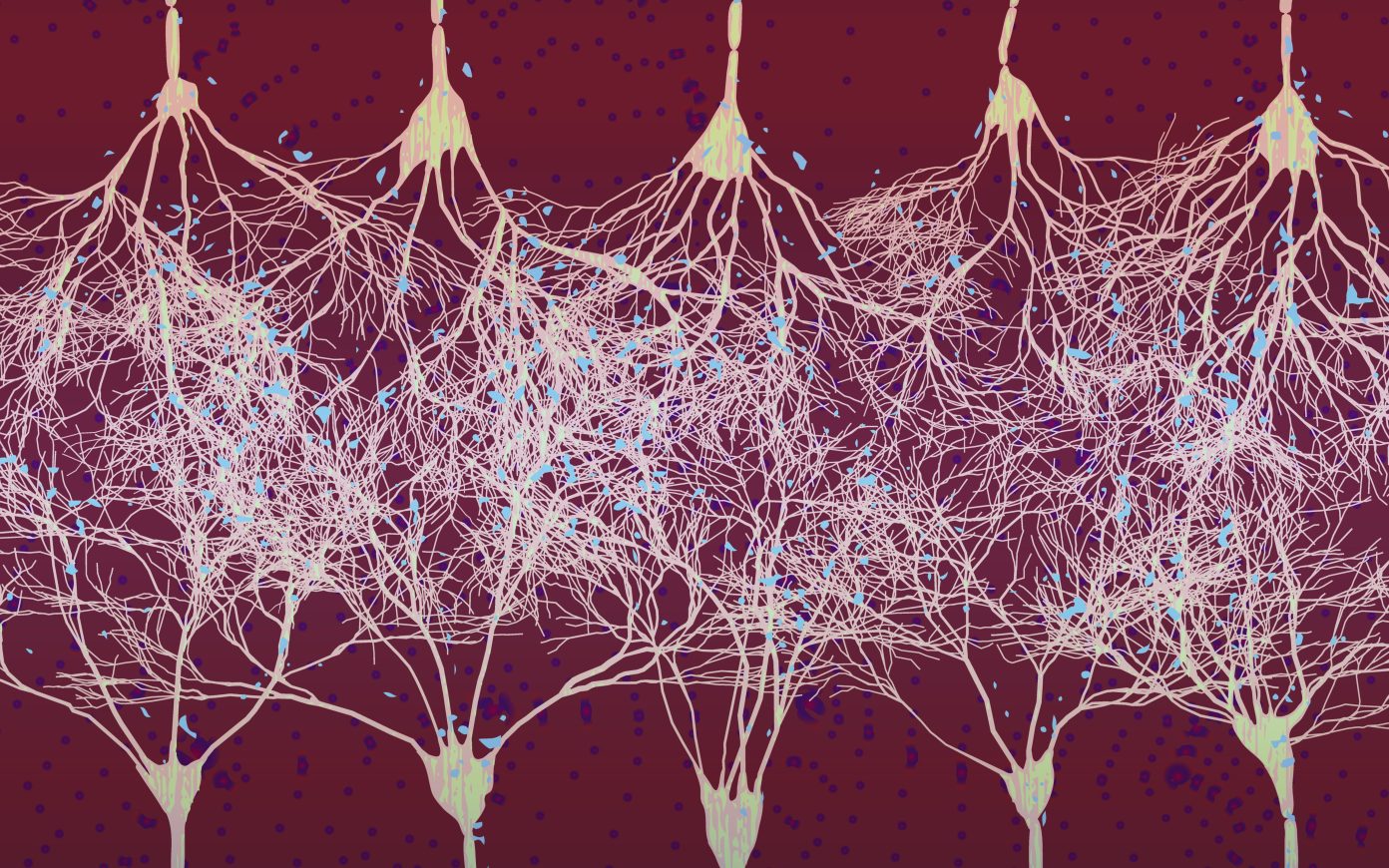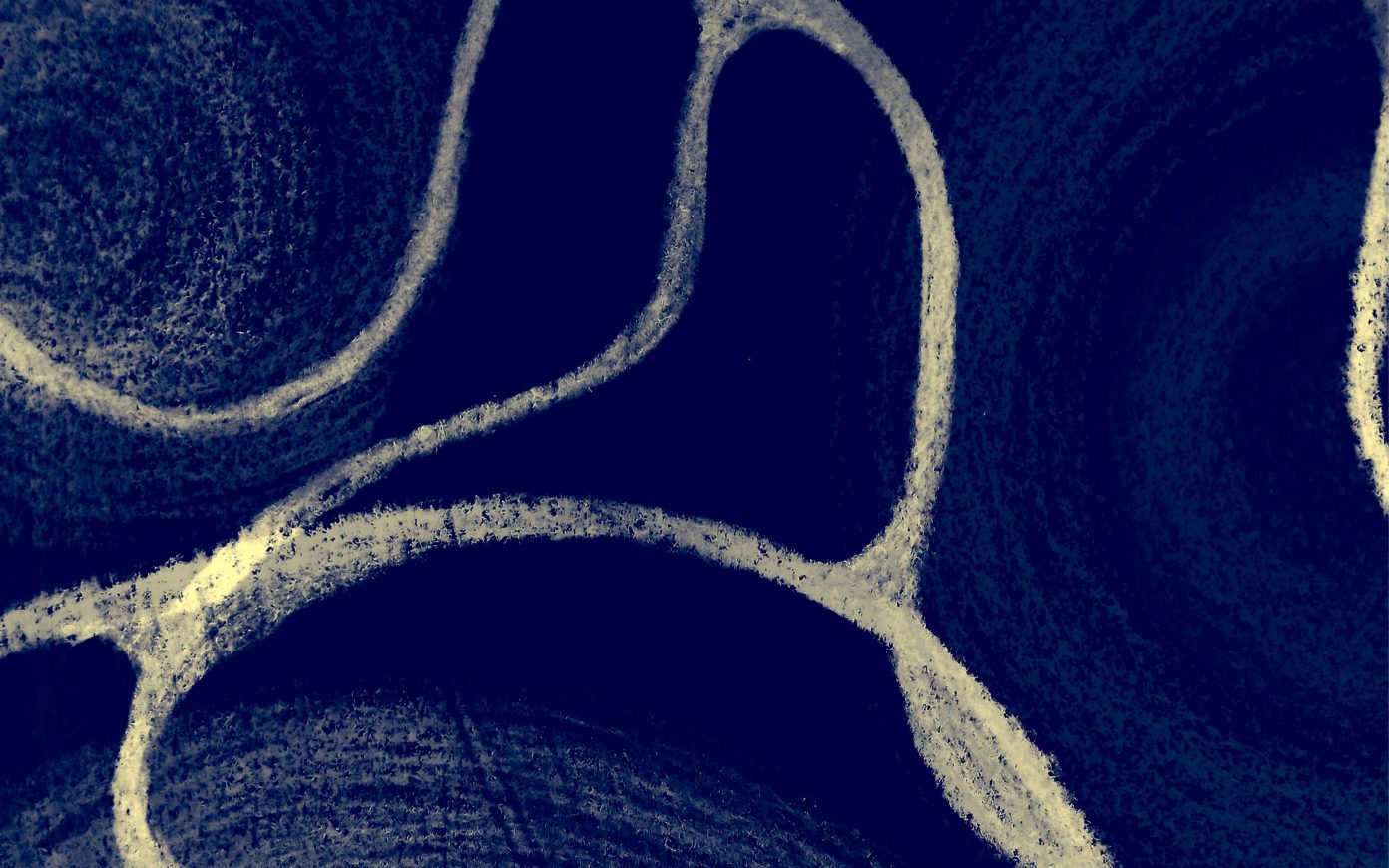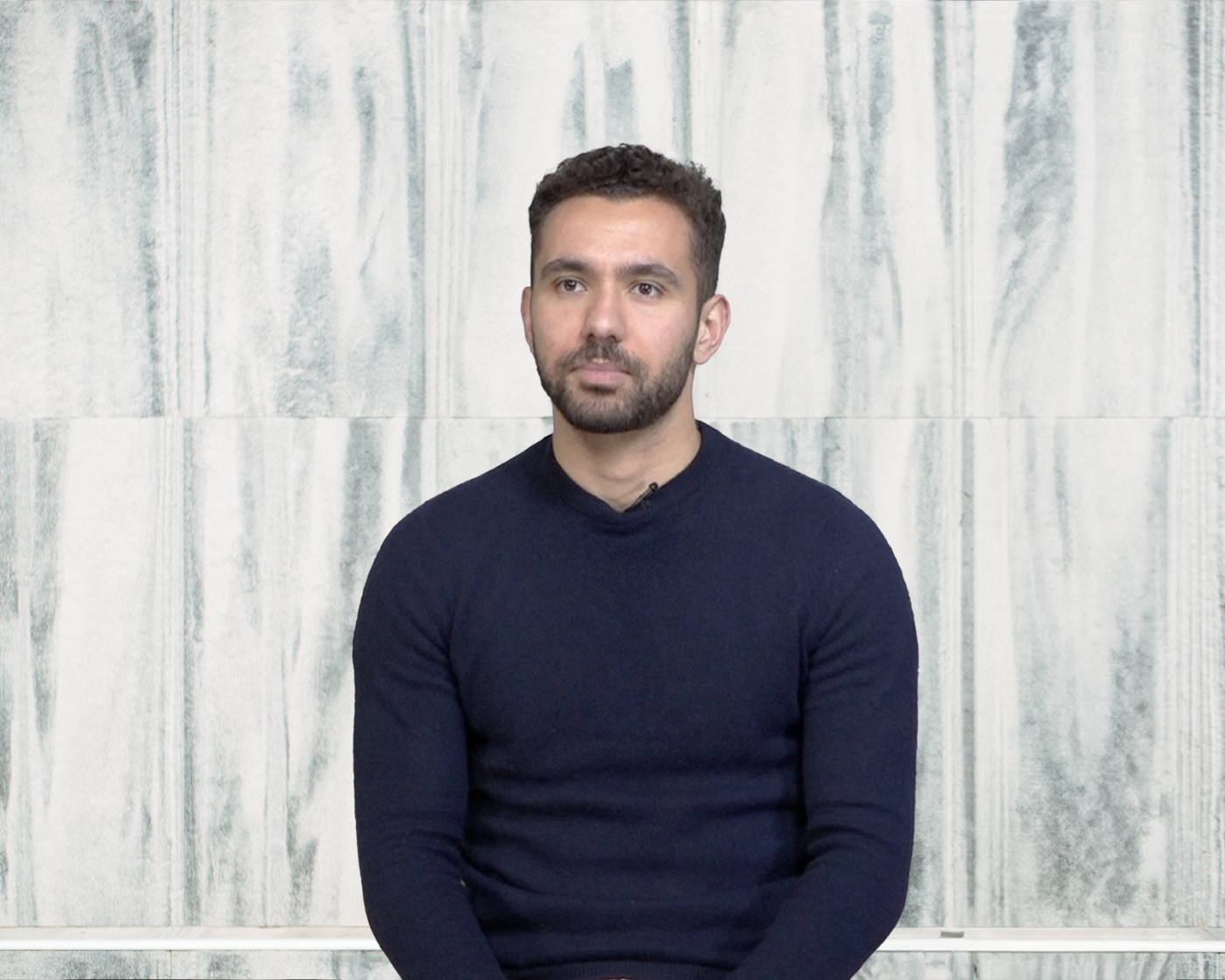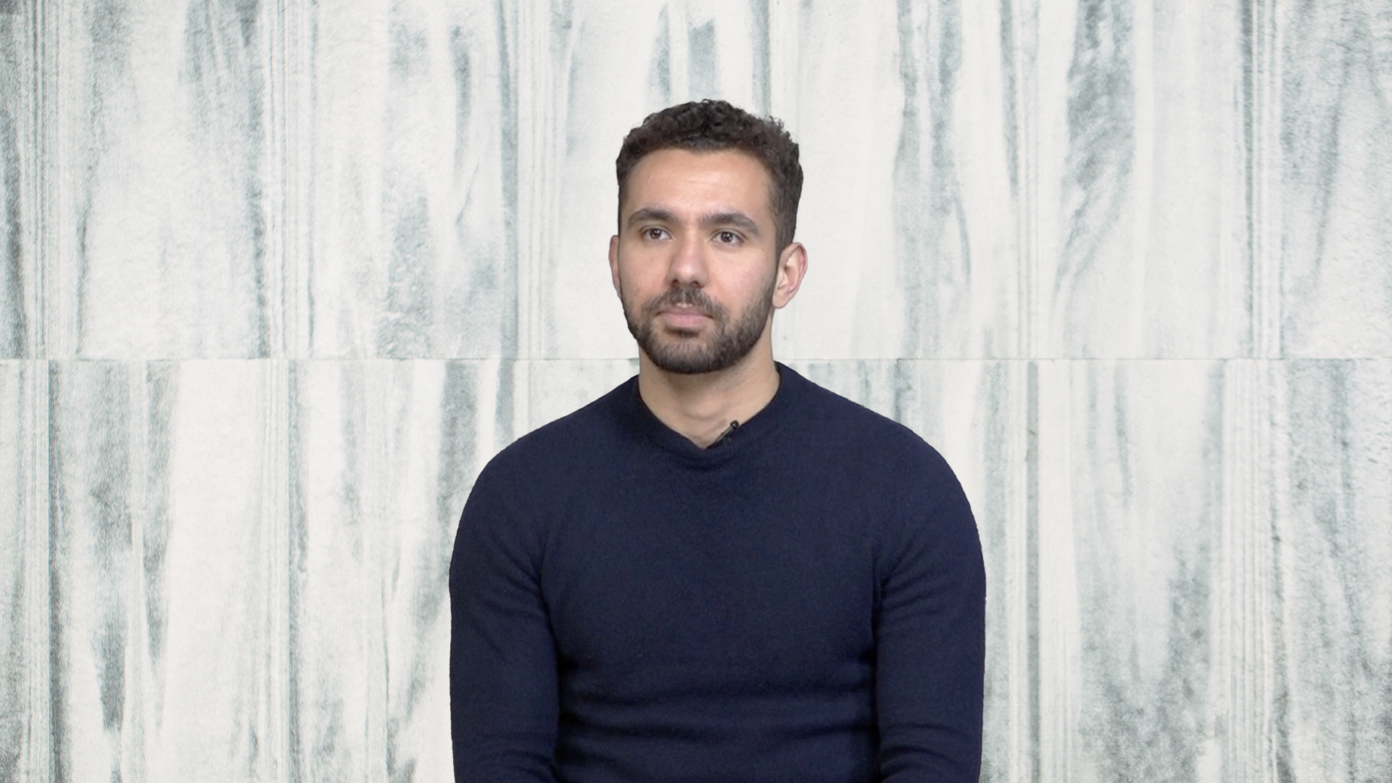From Weak AI to Organic Artificial Intelligence
Artificial intelligence has taken center stage in forward-looking discourse on the city. In 2021, anticipating the advent of generative AIs, Bruno Maisonnier distinguishes between weak AI, which is less about intelligence than about computing power, and organic AI, developed on the model of the brain and social insects. Despite the risks inherent in the introduction of any new technology before its use has been regulated, Bruno Maisonnier offers an optimistic view of artificial intelligence, particularly with regard to the optimization of genetic engineering.
